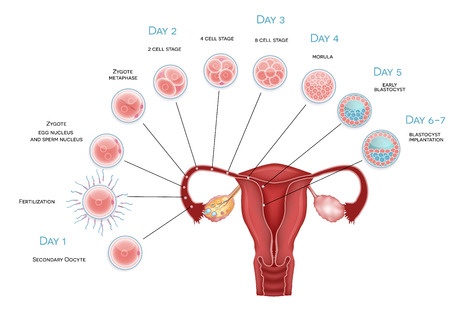Traditionally during in vitro fertilization (IVF), embryos have been transferred to the uterus on the second or third day of development. Kofinas Fertility Group is also using a newer infertility treatment — blastocyst stage culture and transfer — to maximize pregnancy rates and minimize the risk of multiple pregnancy.
How does a Blastocyst Transfer Work?
Growing embryos to the blastocyst stage in the laboratory has traditionally been difficult because the culture media that was used to supply nutrients to the embryos was inadequate for extended embryo growth. Now, with improved culture media, the laboratory can sustain growth for a longer period of time in order to allow the embryo to reach the blastocyst stage of development.
By growing embryos for five days in the laboratory and enabling them to reach the blastocyst stage of development, fertility doctors can better determine which embryos are the best and have the greatest likelihood of successful implantation. After growing for five days, the cells of an embryo have divided many times over and have begun to differentiate by function. The embryos that survive to this stage of development are usually strong and healthy, have made it through key growth processes, and have a greater chance of implanting. In addition, the uterine lining is more receptive to the advanced embryo.
With blastocyst stage culture and transfer, fertility doctors can be more selective and choose the best one or two blastocysts for embryo transfer back to the mother vs. using three or four early embryos. Fewer embryos can be transferred while achieving similar or better pregnancy rates for each transfer. This reduces the occurrence of potentially risky multiple births, such as triplets.

